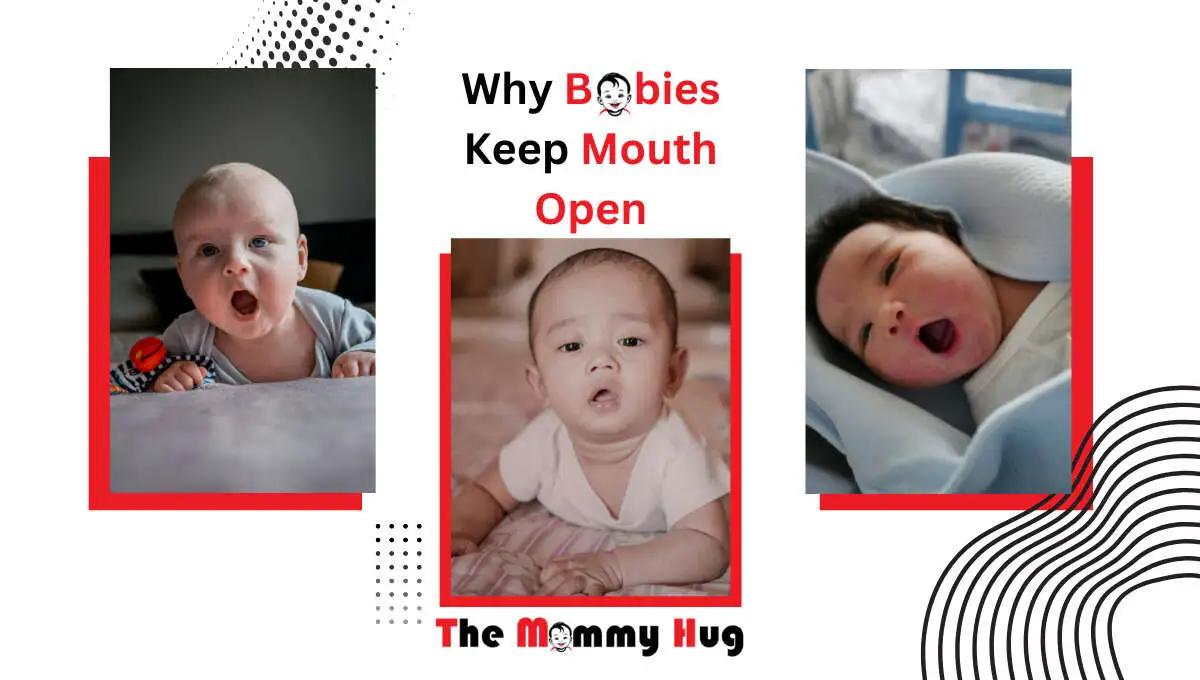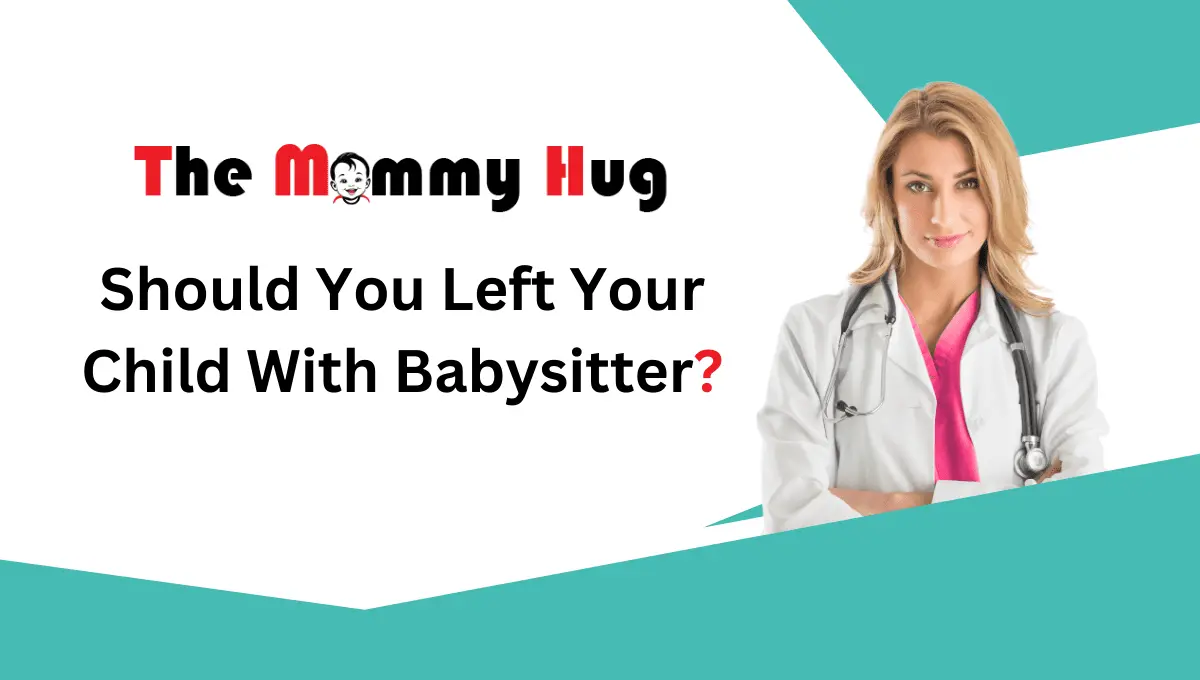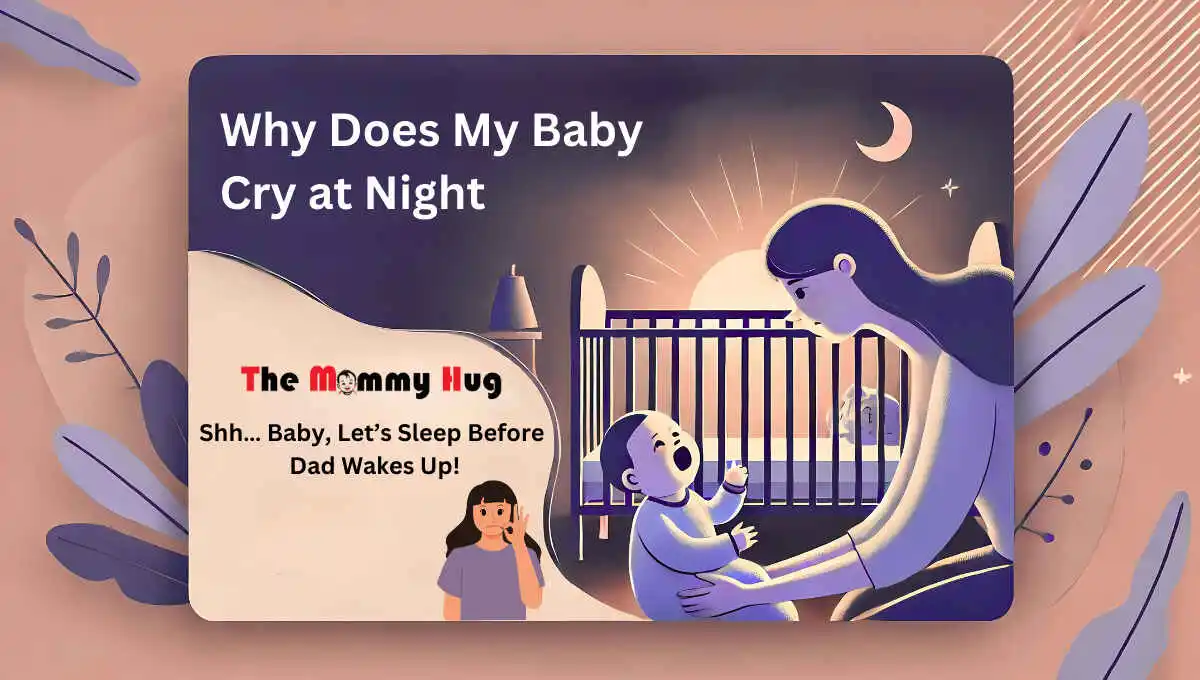Every new parent cherishes the convenience of a bassinet—its compact size, portability, and cozy design make it a nursery staple. But as your baby grows, the question arises: When is it time to transition to a crib? Waiting too long can pose safety risks, while moving too early might disrupt sleep routines. This comprehensive guide dives into the key signs, safety standards, and expert tips to ensure a seamless transition at the right time.
Why Timing Matters: The Risks of an Overdue Transition
Bassinets are designed for newborns, not older infants. Overstaying can lead to:
- Increased risk of falls: Active babies may roll, push up, or attempt to climb out.
- Restricted movement: Tight spaces hinder motor development and comfort.
- Compromised sleep quality: Discomfort from crowding can lead to frequent wake-ups.
The American Academy of Pediatrics (AAP) emphasizes that sleep environments must evolve as babies grow to meet safety standards. Let’s break down the critical factors.
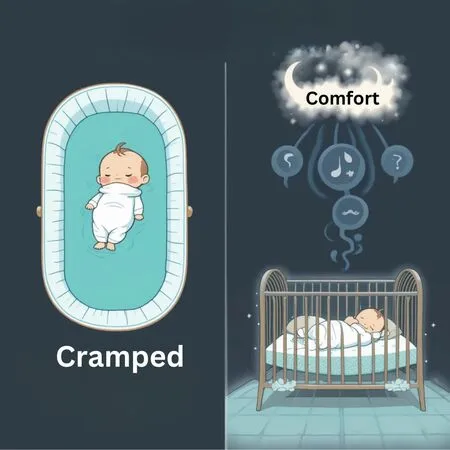
Key Signs Your Baby Has Outgrown the Bassinet
1. They’ve Reached the Weight or Height Limit
Most bassinets have a 15–20 lb weight limit and a 25–30 inch length cap. Check your model’s manual, as limits vary. For example:
- Halo BassiNest: 20 lbs
- Mika Micky Bedside Sleeper: 33 lbs
- Portable bassinets (like Dream On Me): Often 15 lbs.
What to do: Measure your baby’s length. If their head or feet touch the ends, or their arms press against the sides, it’s time to move them.
2. They’re Rolling Over or Sitting Up
Once your baby masters rolling (typically 4–6 months) or pushes up on their hands, the bassinet’s shallow walls become hazardous. The AAP warns that babies who can move independently need a crib to prevent falls or suffocation against soft bassinet liners.
3. They Seem Restless or Crowded
If your baby fusses more, struggles to stretch out, or wakes frequently, they may lack space to sleep comfortably. A cramped environment can disrupt sleep cycles and hinder growth.
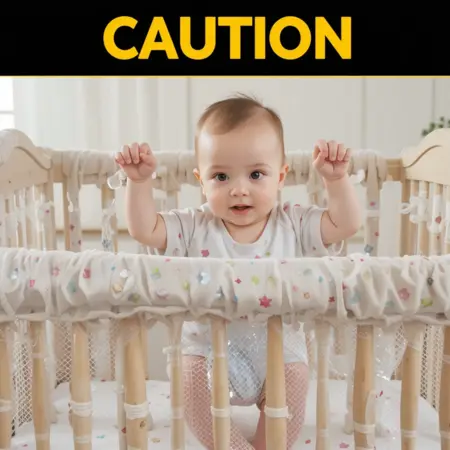
Safety First: When to Transition Even If Limits Aren’t Met
Some babies hit developmental milestones before reaching size limits. If your child shows these signs, transition immediately:
- Rolling from back to tummy (or vice versa).
- Pulling up to stand while gripping bassinet edges.
- Bassinets with soft, padded sides: These pose suffocation risks once a baby can move.
Pro Tip: Transition during a low-stress period (e.g., not during travel or illness) to ease the adjustment.
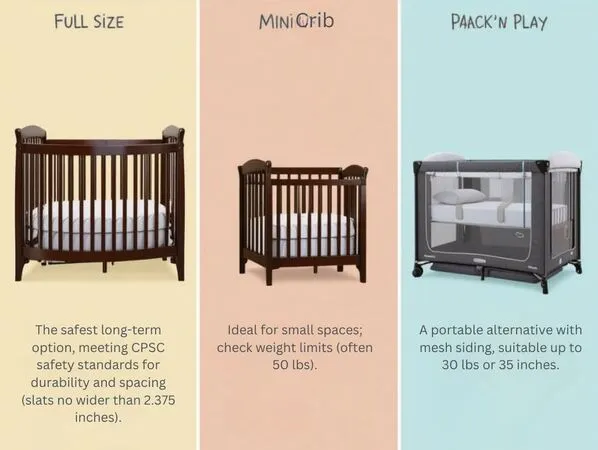
Choosing the Next Sleep Space: Crib vs. Mini Crib vs. Pack ‘n Play
- Full-Size Crib: The safest long-term option, meeting CPSC safety standards for durability and spacing (slats no wider than 2.375 inches).
- Mini Crib: Ideal for small spaces; check weight limits (often 50 lbs).
- Playard (Pack ‘n Play): A portable alternative with mesh siding, suitable up to 30 lbs or 35 inches.
Safety Checklist for New Sleep Spaces:
- Firm, flat mattress with a fitted sheet.
- No pillows, blankets, or stuffed animals (AAP recommends bare sleep spaces until age 1).
- Certified by the Juvenile Products Manufacturers Association (JPMA).
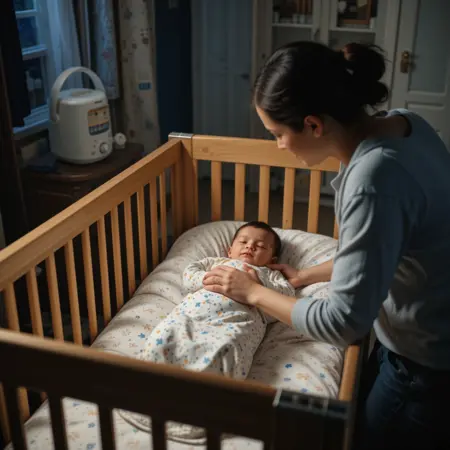
How to Smooth the Transition: 5 Expert Tips
- Start with Naps: Let your baby adjust to the crib during daytime sleep first.
- Recreate the Bassinet Environment: Use the same sleep sack, white noise, or bedtime routine.
- Try a Transitional Object: Introduce a lovey (if over 12 months) or wearable blanket for comfort.
- Gradually Adjust: Spend playtime in the crib to build positive associations.
- Monitor Temperature: Cribs may feel cooler; adjust pajamas or room temp (68–72°F is ideal).
Final Takeaway: Prioritize Safety Over Sentiment
While bassinets hold sentimental value, your baby’s safety hinges on timely transitions. Watch for size limits, mobility milestones, and signs of discomfort. When in doubt, consult your pediatrician—they can assess your baby’s growth and development to guide your decision.
By transitioning proactively, you’ll create a safer, cozier sleep space that supports your baby’s next big leap.
Frequently Asked Questions
Can I use a bassinet beyond the weight limit if my baby isn’t moving yet?
No. Weight limits account for structural integrity. Exceeding them risks collapse.
What if my baby hates the crib?
Stay consistent. It can take 1–2 weeks for adjustment. Use calming methods like rocking or shushing.
Are bedside sleepers safer than bassinets?
They’re similarly safe but often have higher weight limits (up to 30 lbs). Always follow guidelines.


